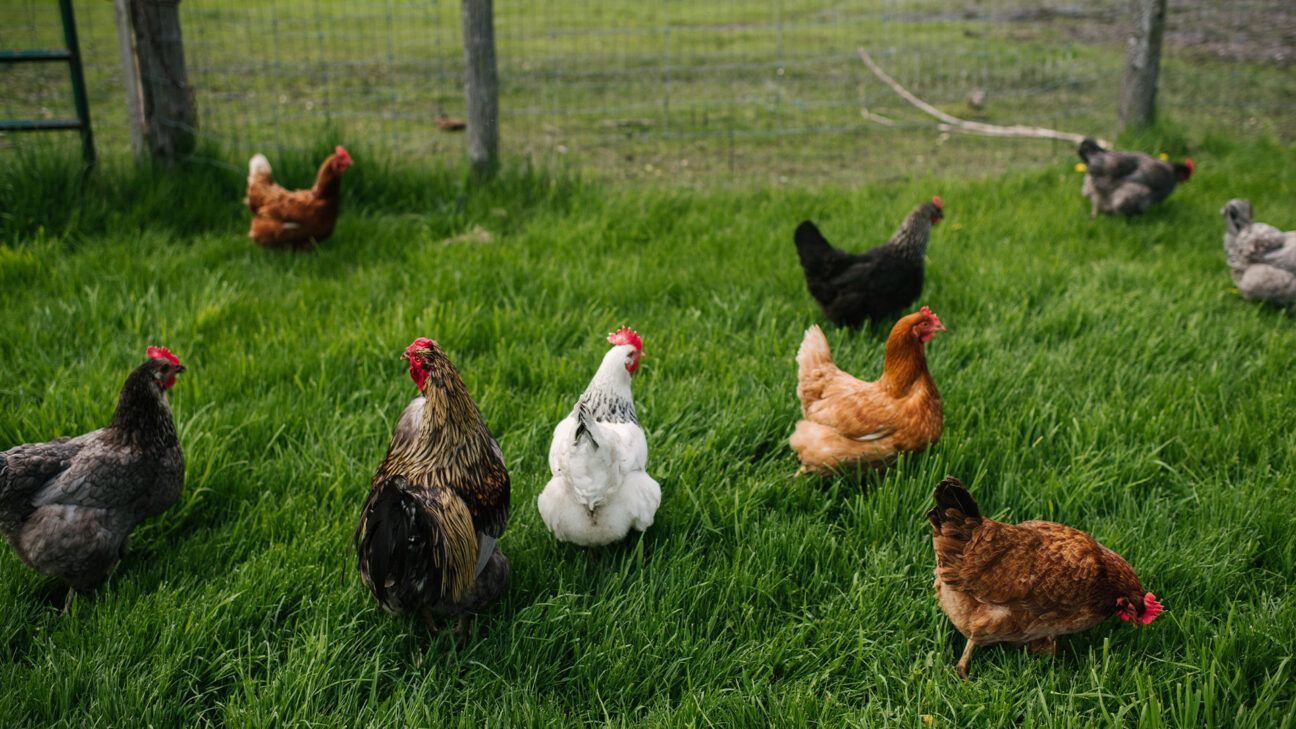
- Another dairy worker in Michigan has been diagnosed with H5N1 bird flu after exposure to cattle presumed to be infected with the virus.
- This is the third person to be diagnosed with H5N1 bird flu in recent months and the second person to be in Michigan to develop the disease.
- The risk to the general public remains low, because there is no sign of person-to-person transmission of the virus.
Another dairy worker in Michigan has been diagnosed with bird flu, U.S. officials
This is the second dairy worker in Michigan to develop the disease in recent weeks. The first case occurred in Texas in early April, also in a person with close contact to dairy cows presumed to be infected.
The risk to the general public remains low, the Centers for Disease Control and Prevention (CDC) said in a statement, although it continues to
In the latest case, a dairy farm worker presented with cough and eye pain. The patient was given antiviral treatment with oseltamivir and is currently recovering at home. The other people in their household are being monitored but have not developed symptoms.
The CDC told reporters on a call this month that there is no evidence that the virus is spreading from person-to-person, Reuters reported. Since March, the agency has tested close to 40 people who had exposures on a dairy farm or were connected to a farm, Reuters said.
In late March, dairy cows in Kansas and Texas tested positive for bird flu. Since then, the outbreak has spread to additional herds in New Mexico and Ohio.
Federal agriculture officials emphasized that the food supply remains safe. Milk from sick cows is diverted or destroyed, and pasteurization kills any viruses or bacteria in milk.
The bird flu cases in Texas and Michigan are the first linked to exposure to cattle, federal health officials said.
The only other
Bird flu is a disease caused by an influenza virus that mainly infects birds.
These types of viruses, known as
There are two groups of these viruses: low pathogenic avian influenza (LPAI) and highly pathogenic avian influenza (HPAI).
The second group causes severe disease and high death rates in infected birds. This group includes the highly pathogenic avian influenza A (H5N1) virus — aka H5N1 bird flu — detected in cattle and the patient in Texas.
Certain bird flu viruses can spread to and infect
“People who are at risk are those who have direct and prolonged exposure with infected, ill or dead animals, or areas contaminated by infected birds or animals,” said Dean Blumberg, MD, chief of pediatric infectious diseases at UC Davis Children’s Hospital.
It is rare for bird flu viruses to spread from an infected person to another person, but it has happened. In these
“Human-to-human transmission is extraordinarily rare,” Blumberg told Healthline, “and in fact there is no risk of sustained human-to-human transmission, so this [virus] poses no threat to the general public.”
The federal government maintains a
However, Blumberg said the chance of that happening right now is low.
“It would be concerning if avian influenza evolved to be more easily transmitted among people, since [we have] little to no immunity to this virus,” he said. “However this has not happened since bird flu was first described almost 150 years ago.”
- eye redness
- flu-like upper respiratory symptoms such as cough, sore throat, runny or stuffy nose
- pneumonia
- fever
- muscle or body aches
- headaches
- fatigue
- difficulty breathing or shortness of breath
As of December 2023,
However, the severity of the cases varied depending upon the genetic characteristics of the virus involved, ranging from causing no symptoms to leading to severe illness and death.
With only two human cases in the recent outbreak associated with dairy cattle, it is too soon to know if all cases will be mild. Health officials are closely watching the situation.
To protect yourself and your pets from bird flu, the
- Avoid direct contact with wild birds, or with wild or domestic birds that appear sick or have died.
- Avoid unprotected exposure to infected live or dead animals, including cattle, domestic pets, and other mammals.
- To move or discard a dead bird or other animal, don’t touch it with your bare hands. Use gloves or a plastic bag to place the body inside a garbage bag.
- Wash your hands with soap and water after exposure to wild birds or other animals, as well as domesticated farm animals.
If you find a dead bird, check with your state health department, state veterinary diagnostic laboratory, or state wildlife agency to find out how to report it.
In addition, “for those who work in the [animal] industry and do have contact with potentially infectious animals and environments, full personal protective equipment) should be used including goggles, N95 or equivalent, gown, gloves, hair and boot covers,” said Blumberg.
The CDC also recommends that you get a seasonal flu vaccine. This won’t protect you from bird flu, but will reduce your risk of getting seasonal flu and bird flu at the same time.
Health officials reported that a person in Michigan has been diagnosed with bird flu after close contact with dairy cows presumed to be infected with the H5N1 bird flu virus. This is the second confirmed human case of bird flu in the United States related to infected cattle, following an earlier case in a dairy worker in Texas.
Both patients’ only symptom is eye inflammation. Tests by the CDC suggest that the infection in the first patient may only involve the eyes, not the upper respiratory tract.
While bird flu virus is known to spread from wild and domesticated birds to mammals, including people, these are the first cases in a person that involves exposure to infected cattle.
